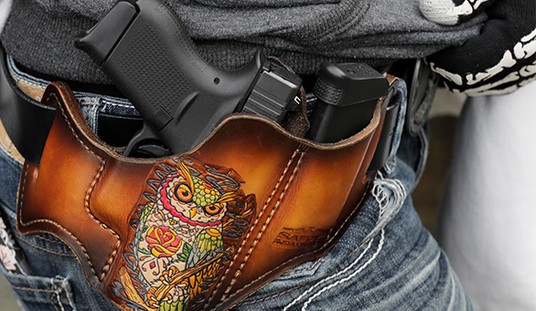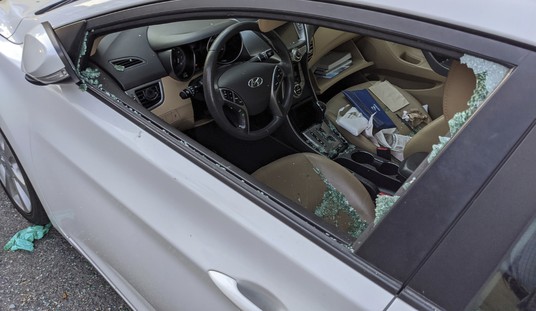A quality firearm goes through a lot of testing before it ever hits the streets. At least, that’s the theory.
However, sometimes, stuff happens. Either the regular testing fails to catch something that falls well outside the normal testing parameters, or it’s a fault that won’t show up until way on down the road.
That seems to be what Ruger sees with some of its handguns.
Ruger has discovered that some Ruger American® Pistols chambered in 9mm may exhibit premature wear of the locking surfaces between the slide and barrel which, if ignored, can result in a crack developing near the ejection port of the slide. This typically does not occur at round counts below 10,000 rounds. The condition is easily identified during routine maintenance and cleaning, and the crack should be visible long before the pistol becomes unsafe to shoot. Ruger is committed to safety and is asking owners of Ruger American® Pistols chambered in 9mm to inspect their pistols for excessive wear or cracks and, if necessary, sign up for this retrofit. View Retrofit PDF
Products Subject to This Safety Bulletin
Ruger American® Pistols chambered in 9mm with serial number prefixes “860” and “862” are subject to this Safety Bulletin. These include duty (full-sized) and compact models, in both Manual Safety and Pro (no manual safety) configurations. One easy way to tell if your pistol is subject to this Safety Bulletin is by looking at the barrel. If your 9mm Ruger American® Pistol is equipped with a silver-colored, stainless steel barrel, you should follow the inspection procedure outlined below. Retrofitted and newly manufactured Ruger American® Pistols will be equipped with a black, nitrided stainless steel barrel.
Description of The Issue
In some instances (typically at round counts in excess of 10,000 rounds), the locking surfaces between the slide and barrel can experience excessive wear. If ignored, this condition will worsen and can result in a crack developing near the ejection port of the slide. If cracking occurs, it will become visible long before an unsafe condition develops. However, if the crack is not addressed and the pistol remains in service, the pistol may eventually fail to function or become unsafe to shoot.
How to Inspect Your Pistol
If your pistol is dirty, clean it thoroughly before performing the inspection. Disassembly and cleaning instructions appear in your instruction manual.
Inspect your pistol, paying particular attention to the barrel/slide lockup surfaces and the sidewalls of the slide at the corners of the ejection port.
If you observe excess wear in the lockup surfaces (A and B) or a crack in the slide (C), you should immediately stop using your pistol and sign up for the retrofit. If you are unsure, we recommend that you sign up for the retrofit and allow us to inspect your barrel/slide assembly.
If you do not observe excess wear in the lockup surface or a crack in the slide, no further action is necessary at this time. Nonetheless, you should continue to monitor these areas and, if you suspect that either of these conditions is developing, sign up for the retrofit or contact Customer Service.
Ruger reminds consumers that periodic inspection of any firearm is important to ensuring its safe operation. It is important to clean and inspect your firearm after each range session. Proper maintenance increases the longevity of your firearm and will allow early detection of worn or broken parts.
As noted, these faults only seem to show up at fairly high round counts, so it’s not something to be overly concerned about. I’d argue that at 10,000 rounds, you need to be keeping a close eye on your firearm anyways, much as Ruger recommends above.
This is also something that I, personally, couldn’t hold against Ruger’s quality control team. There’s virtually no way to test if this is going to happen without putting 10,000 rounds through a firearm first, and that’s asking a lot of any company’s testing department.
Now, that’s not to say one way or another whether Ruger screwed up along the way here. From where I sit, I couldn’t begin to tell if they could have prevented it with better design or materials. I suspect that there was no way they could have anticipated something like this, so let’s not get too worked up over this one.
But if you have one of these and have a lot of rounds through it, give it a quick inspection.








Join the conversation as a VIP Member